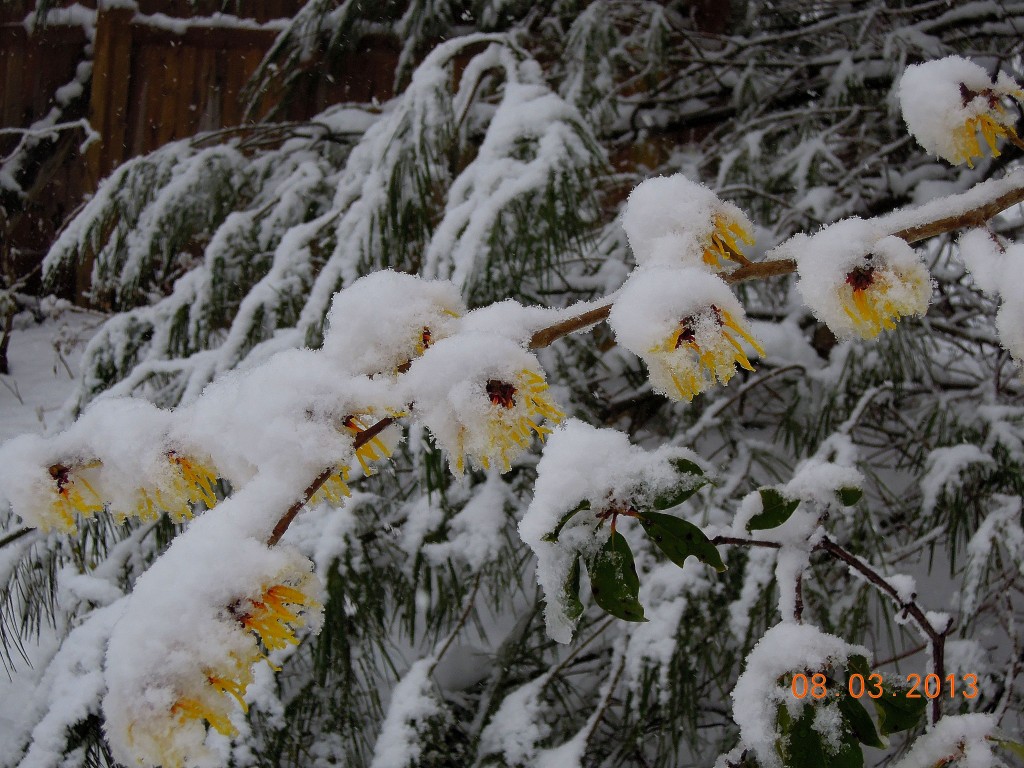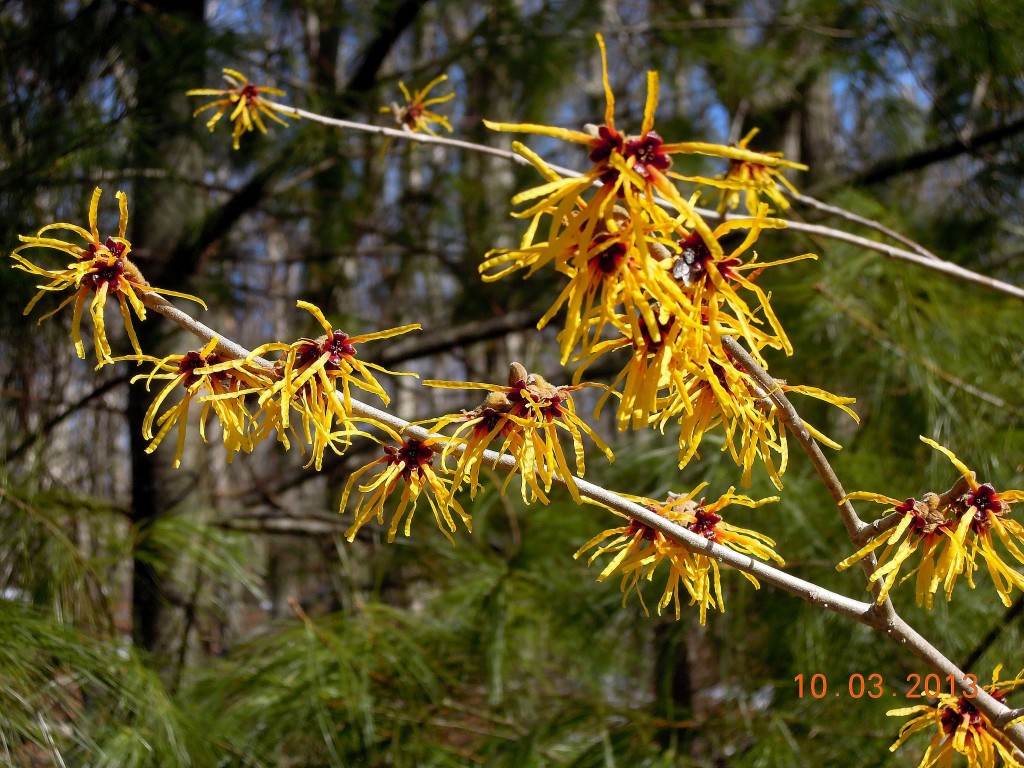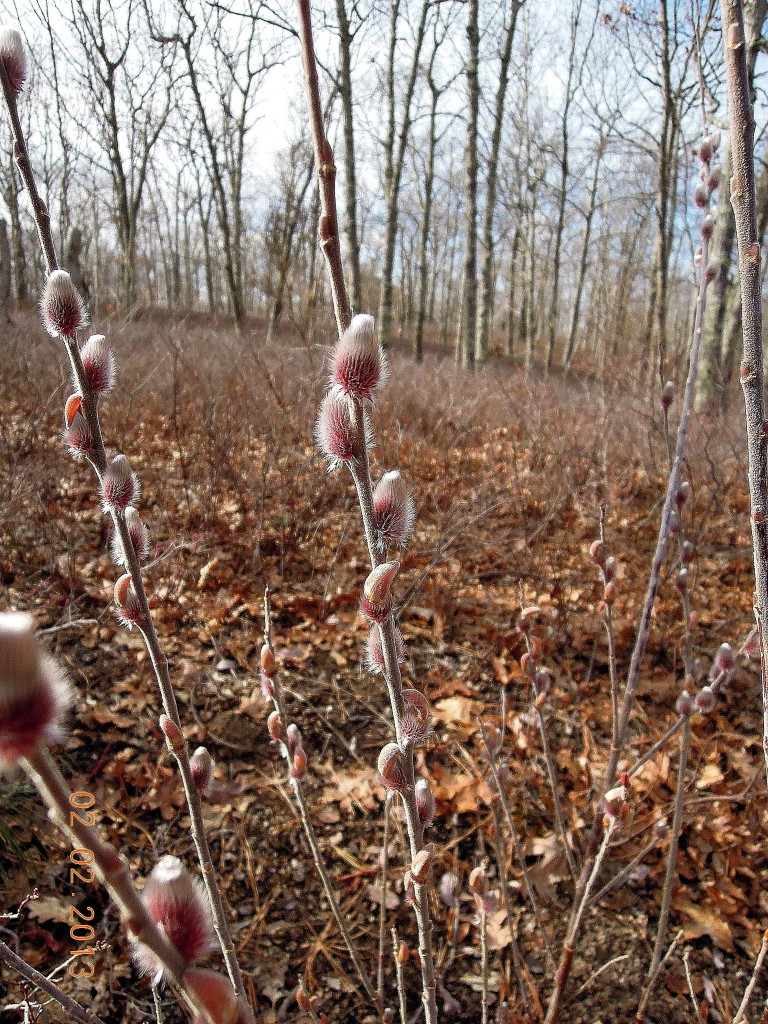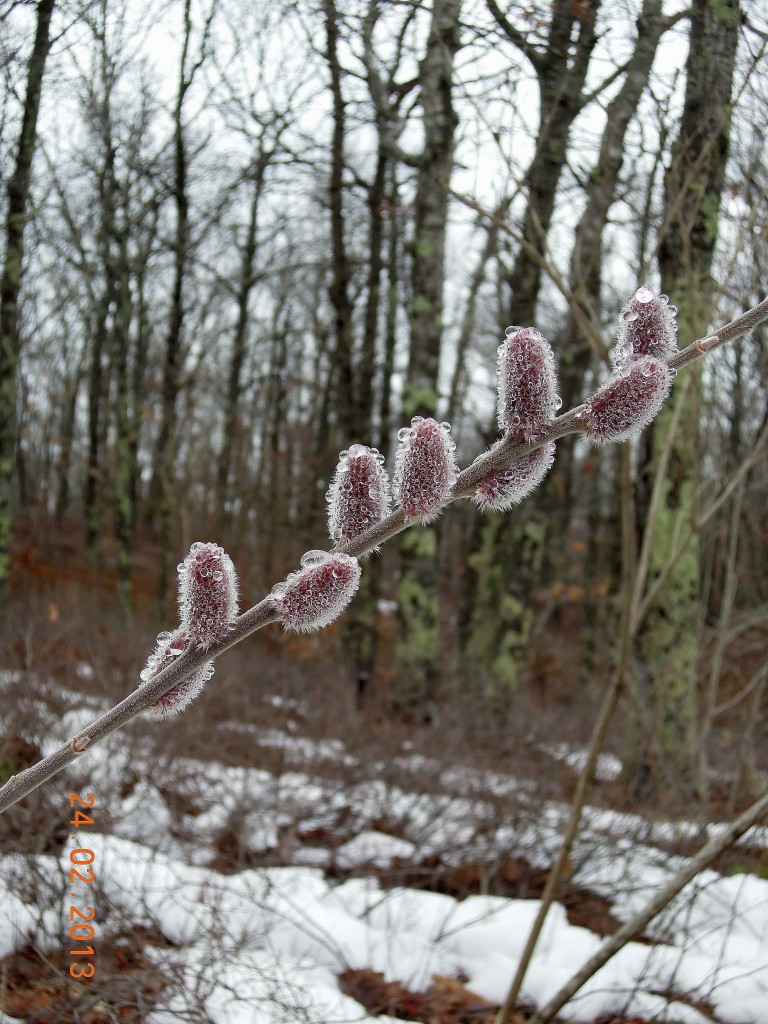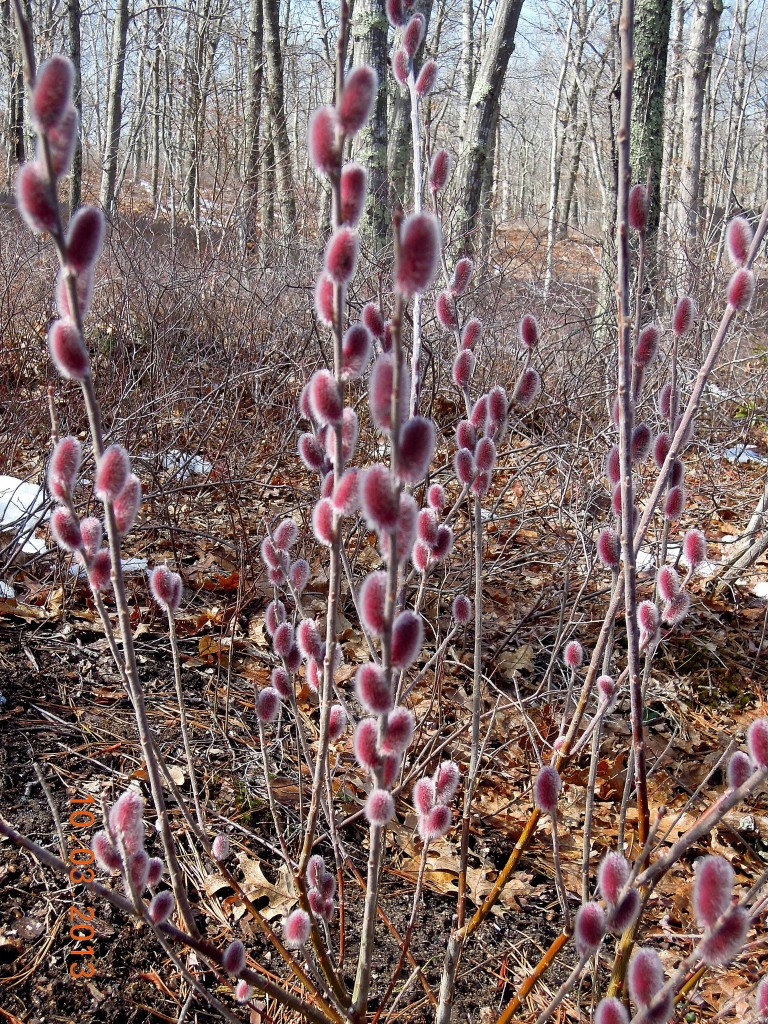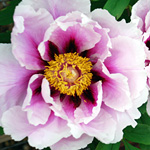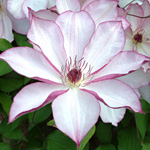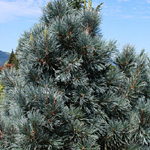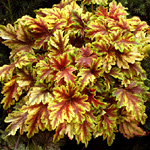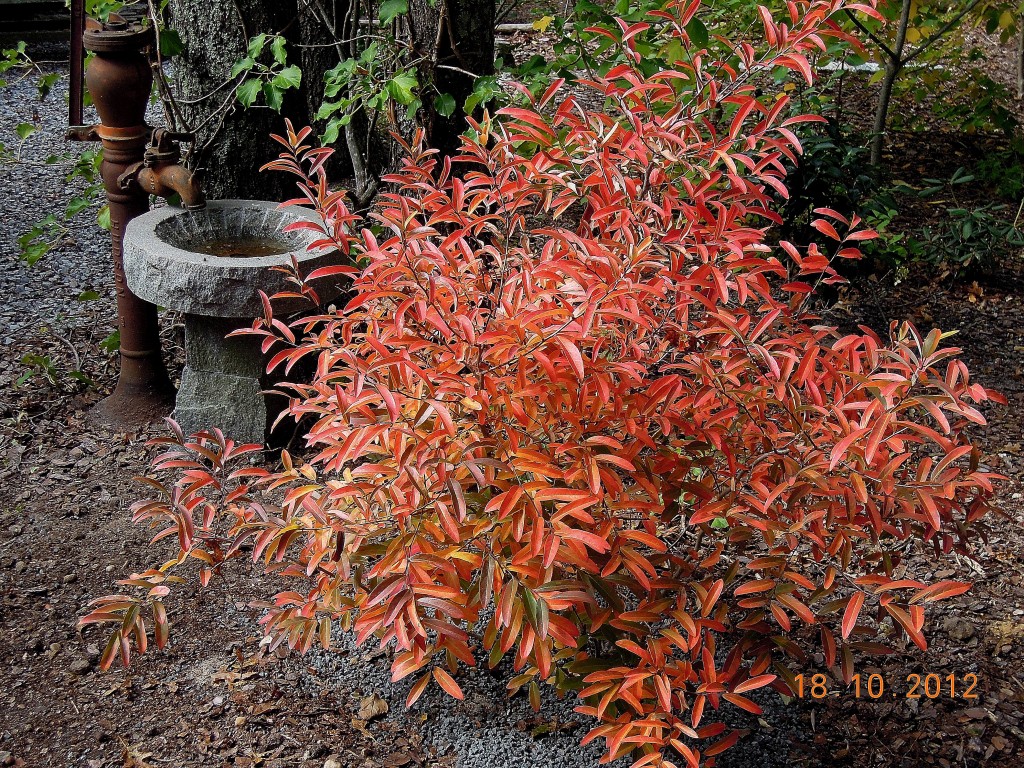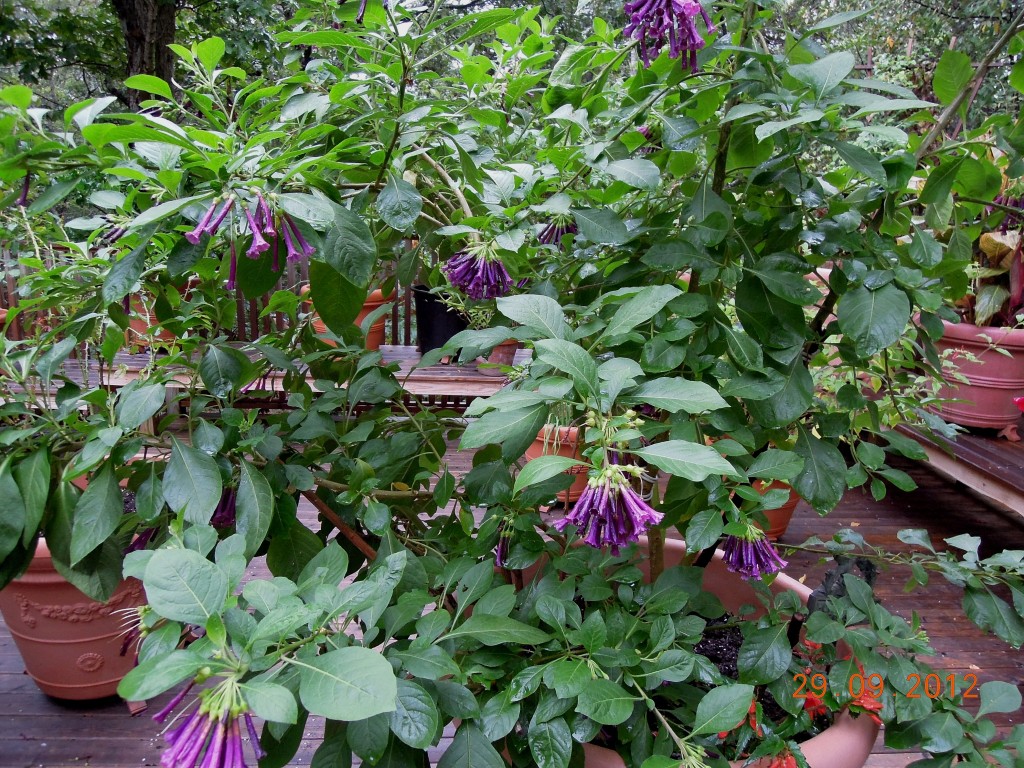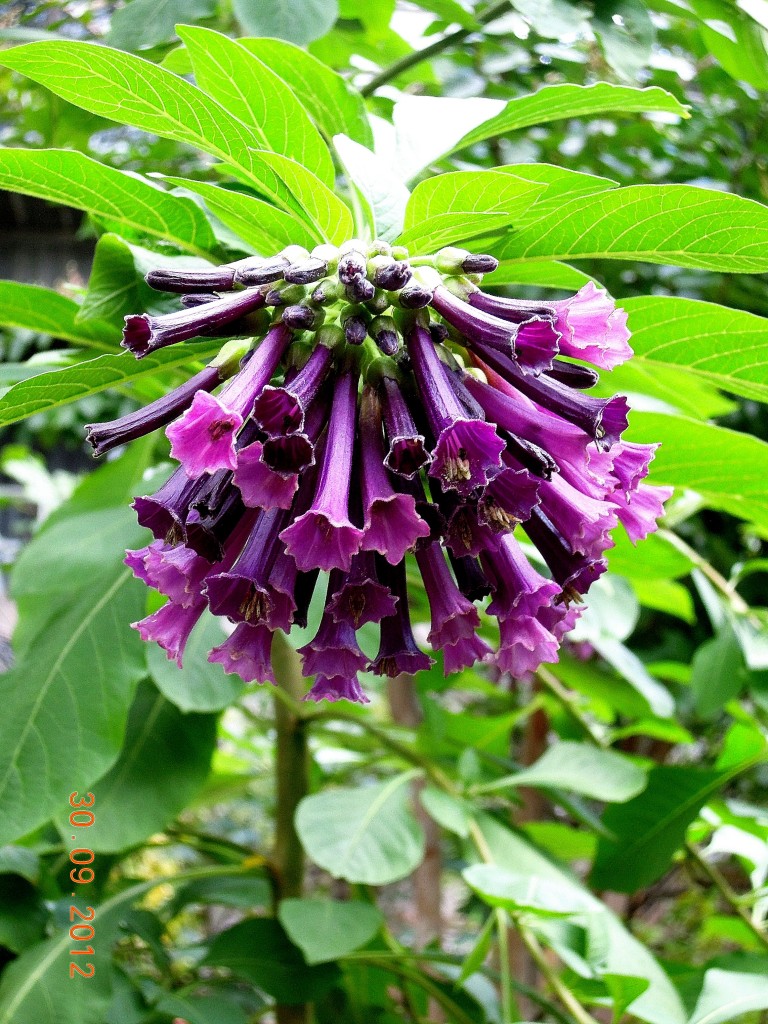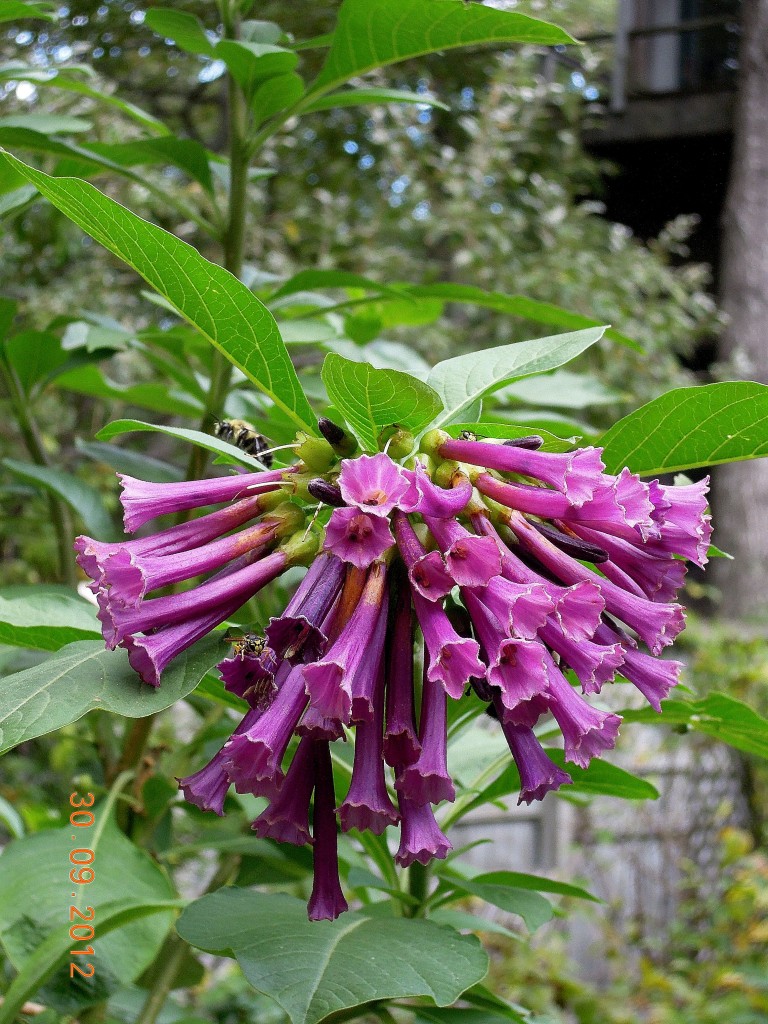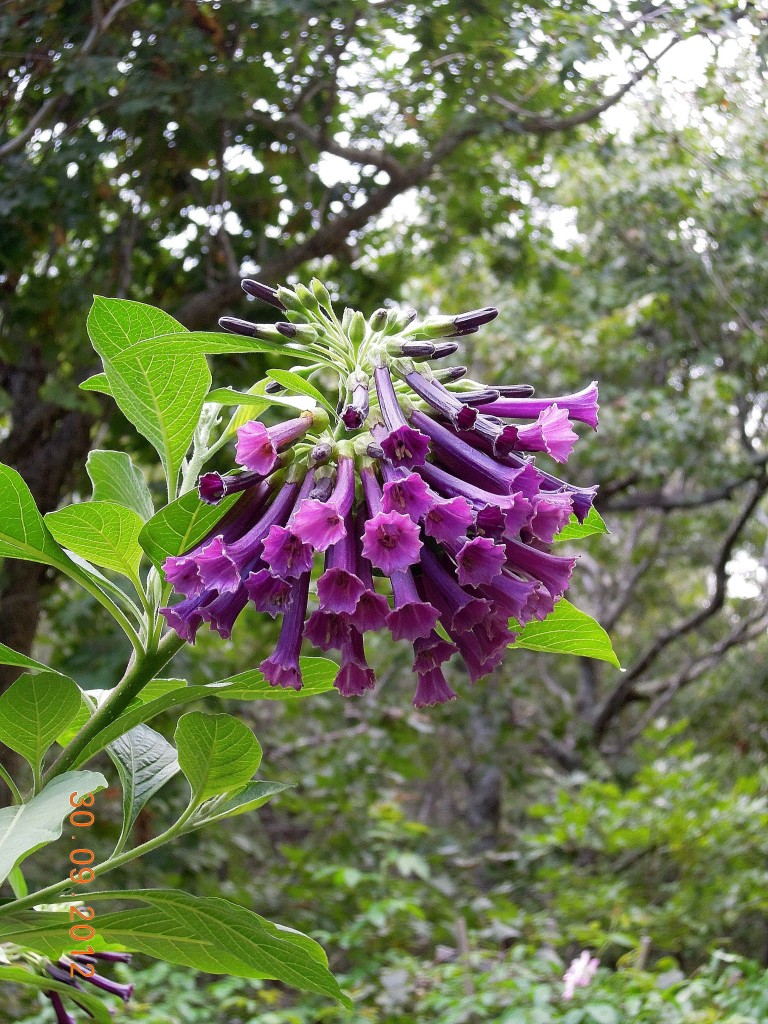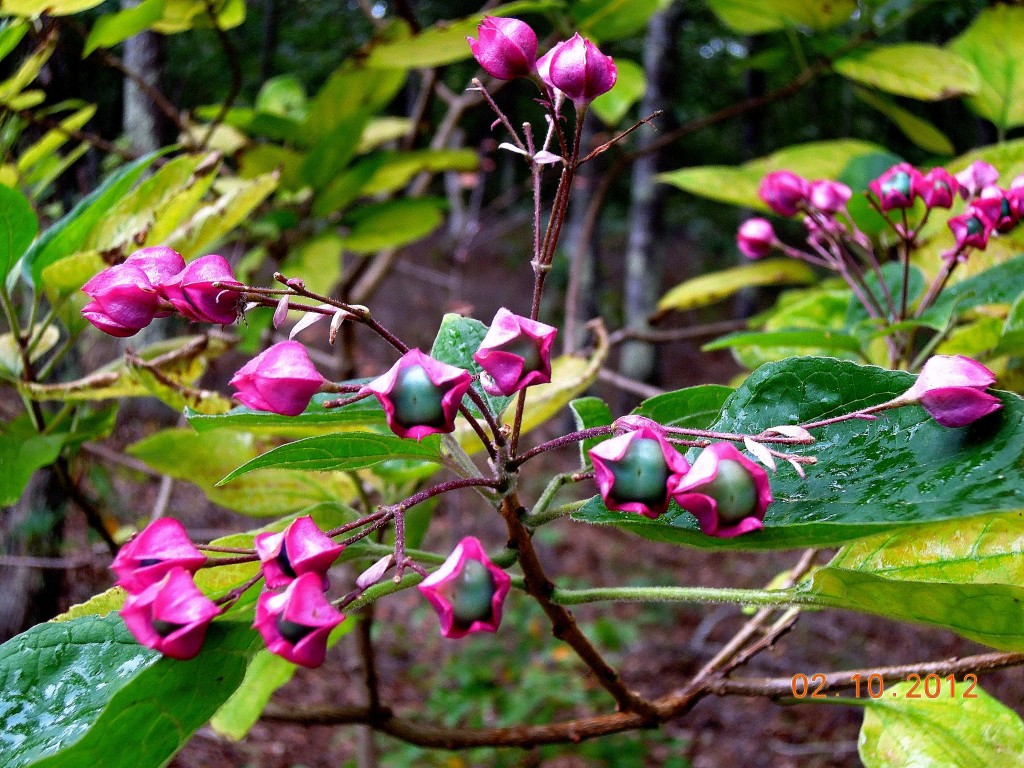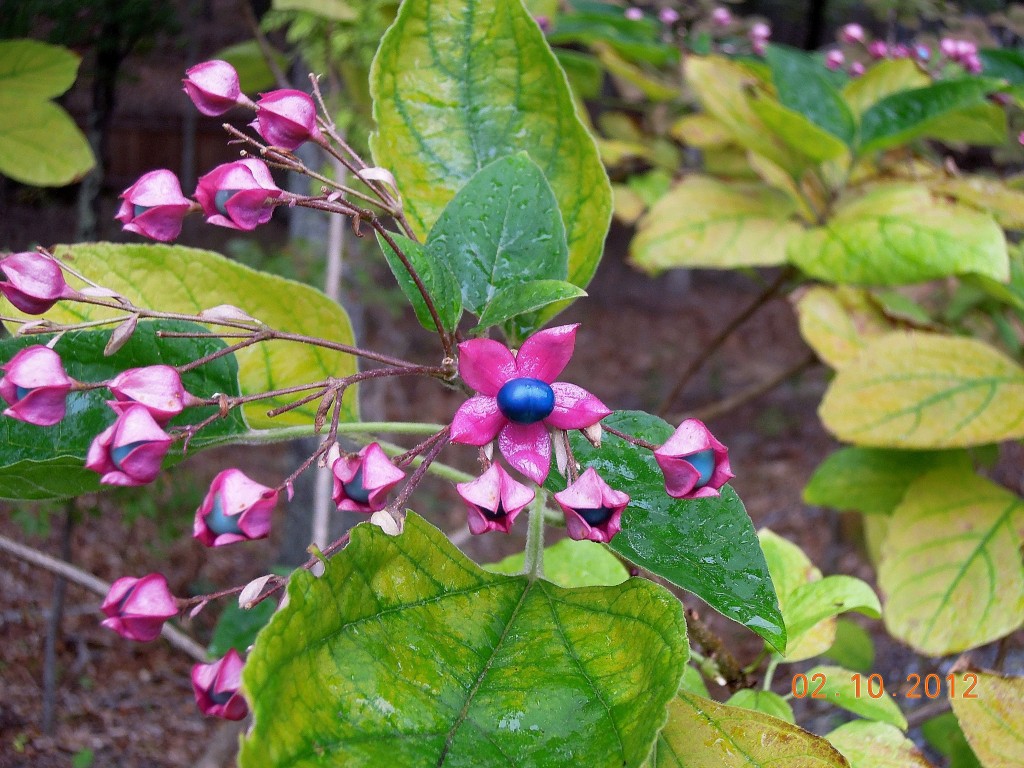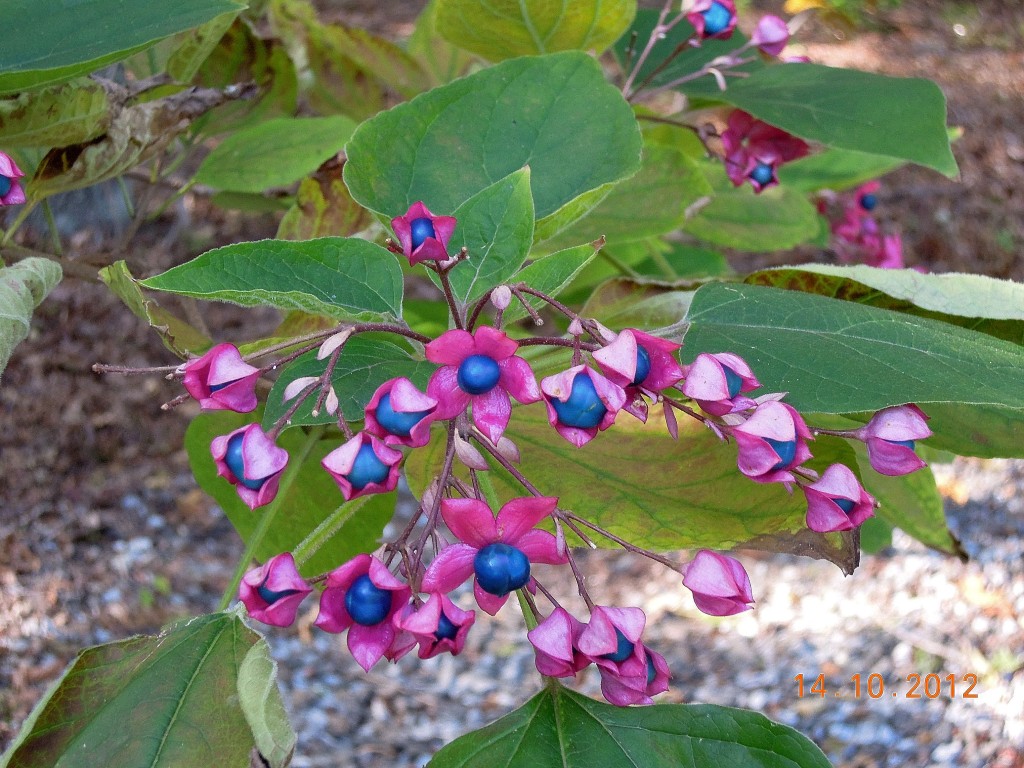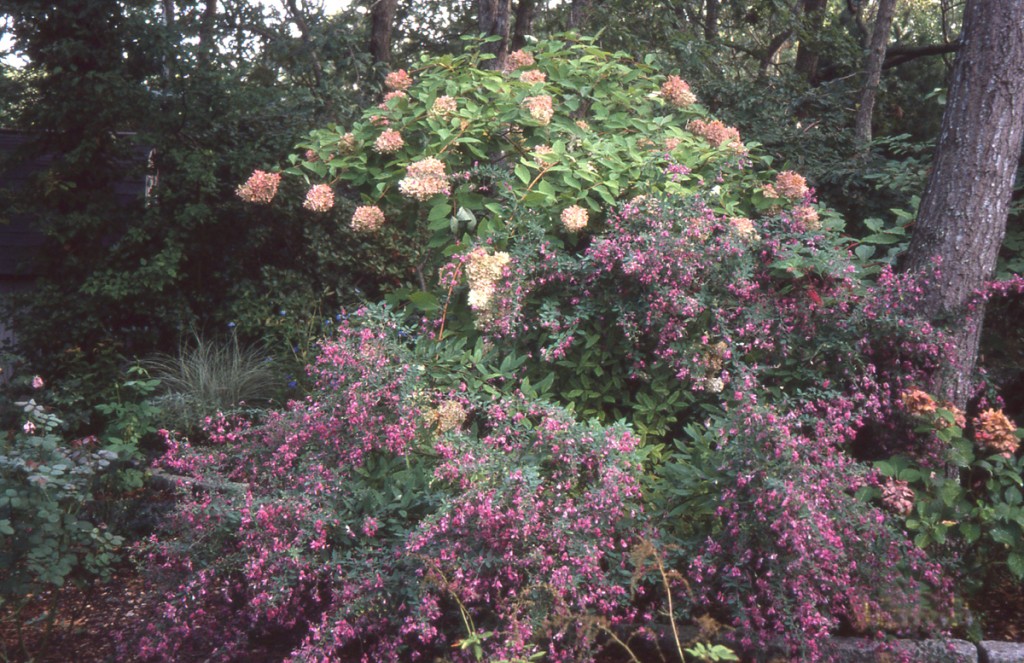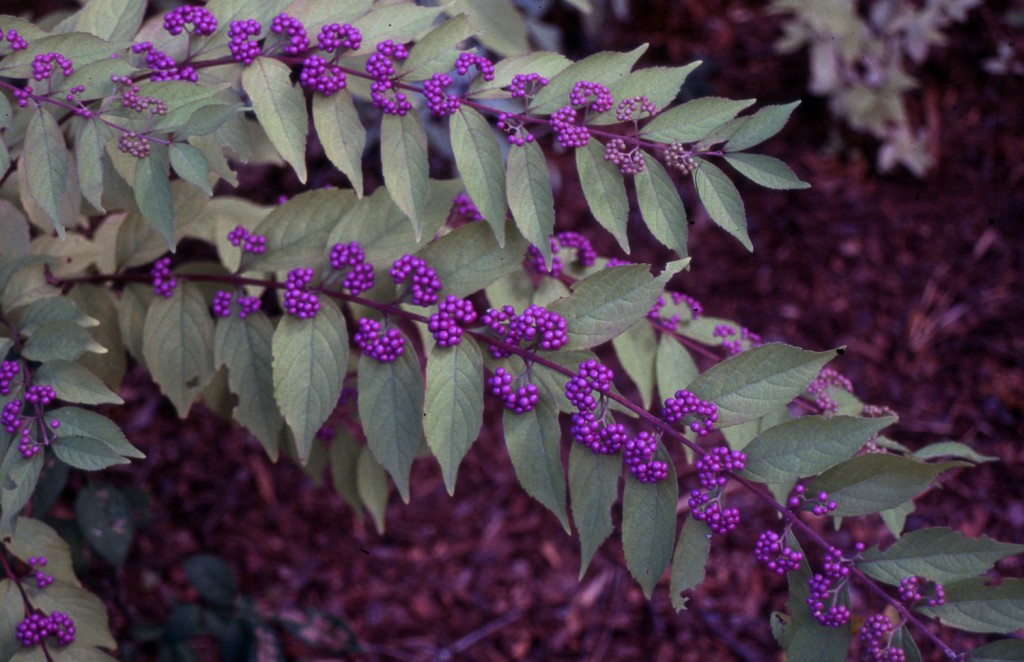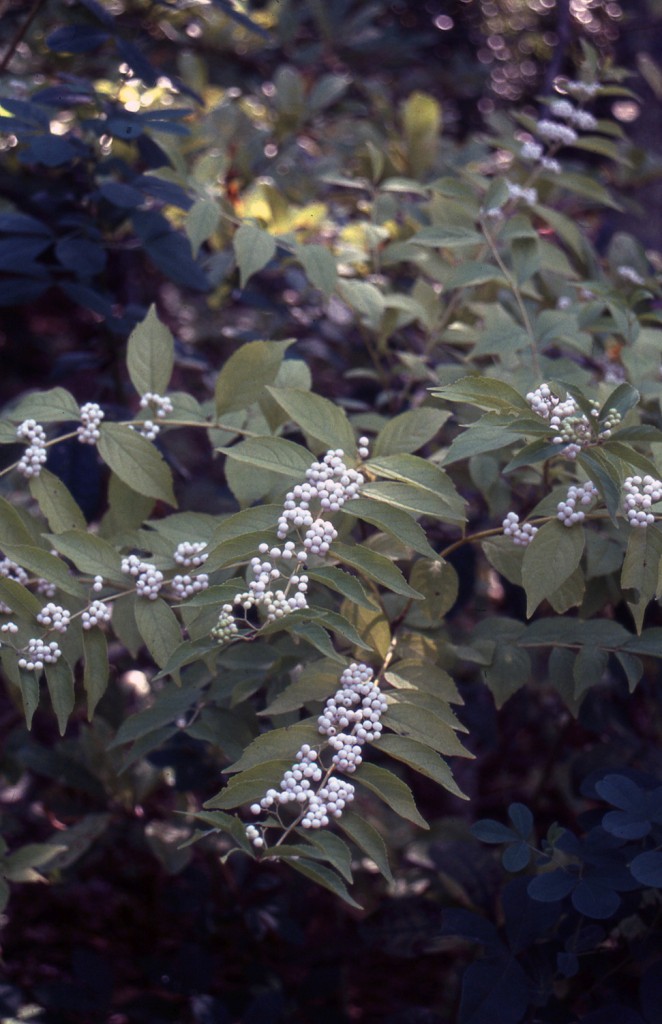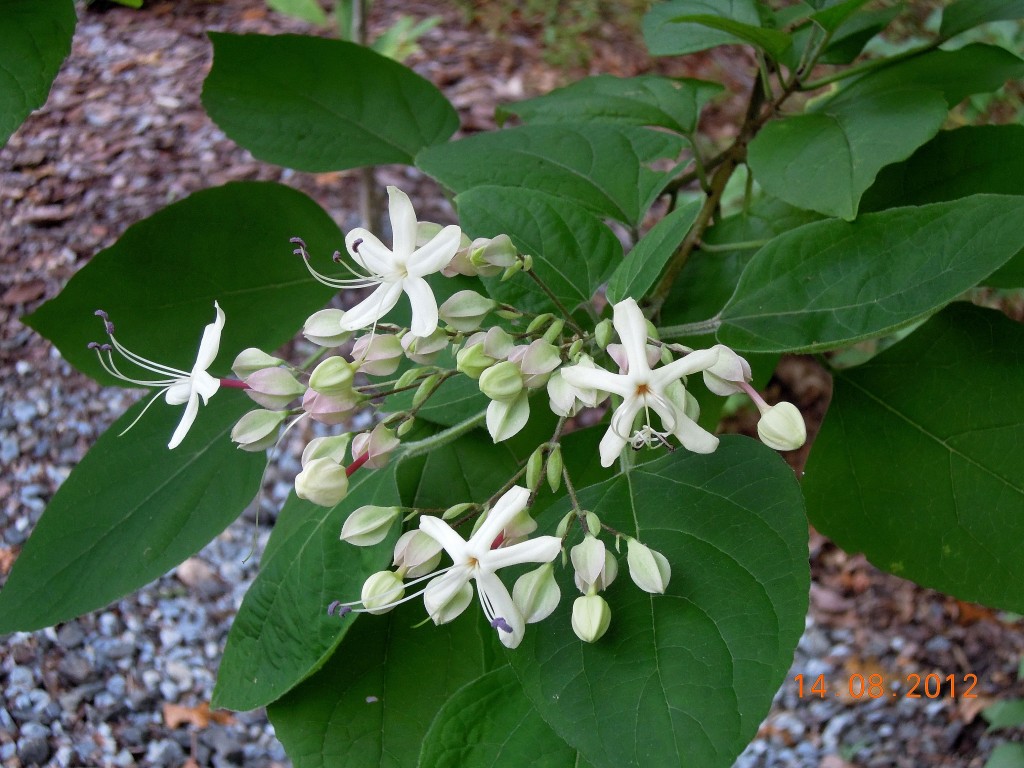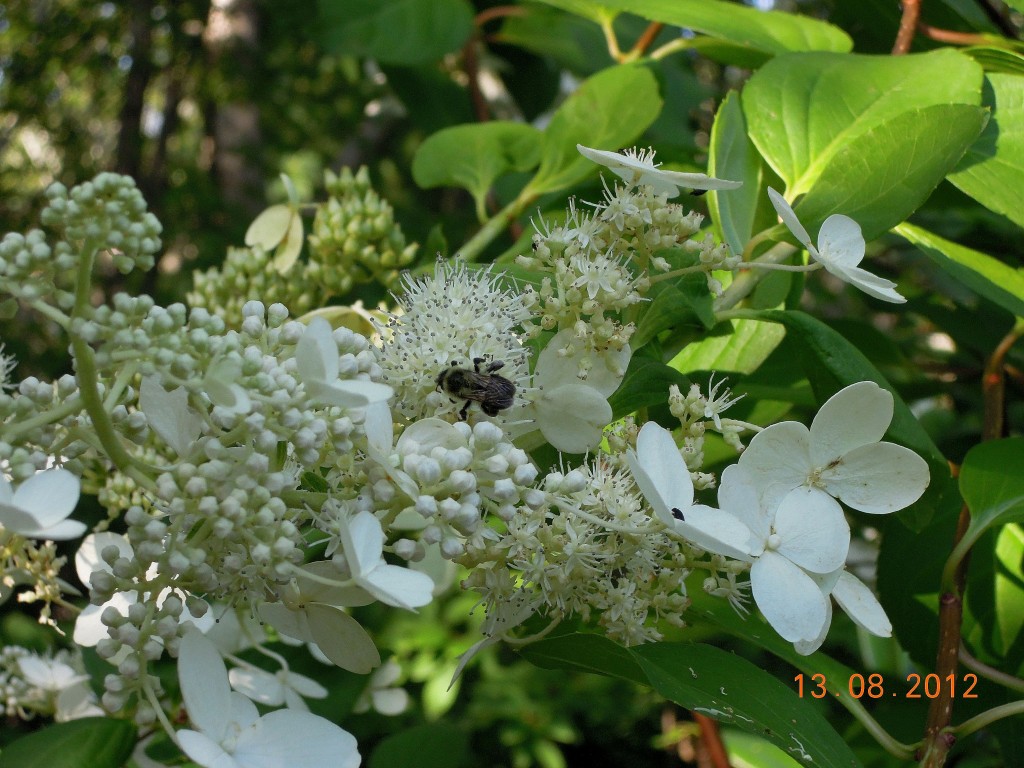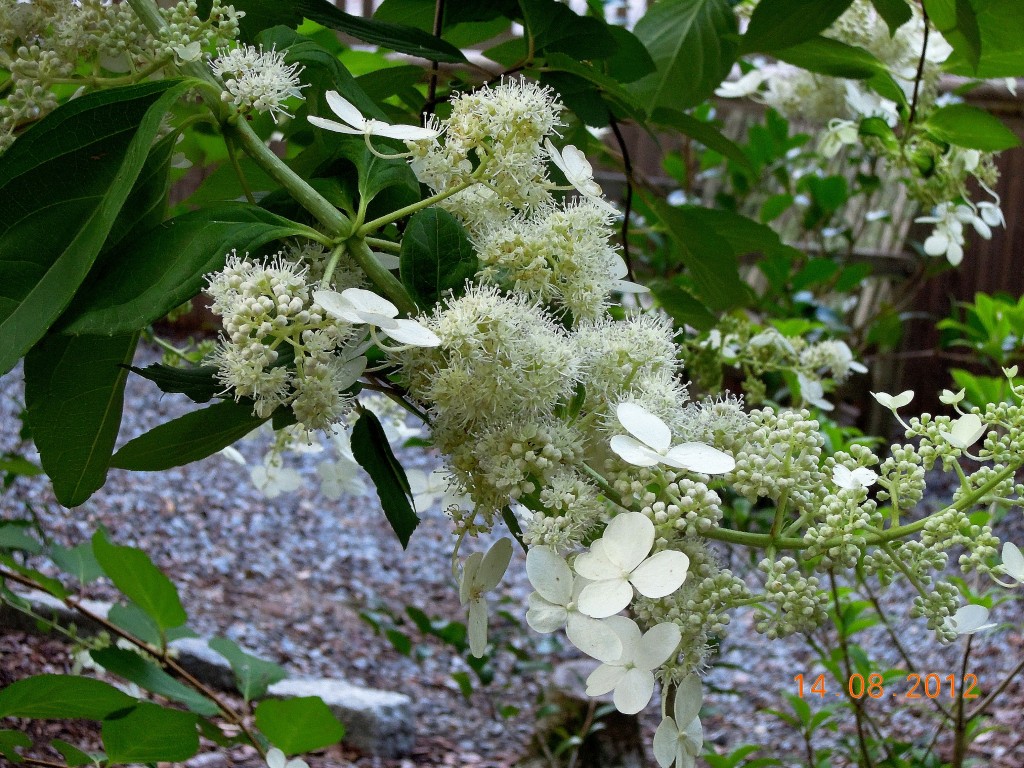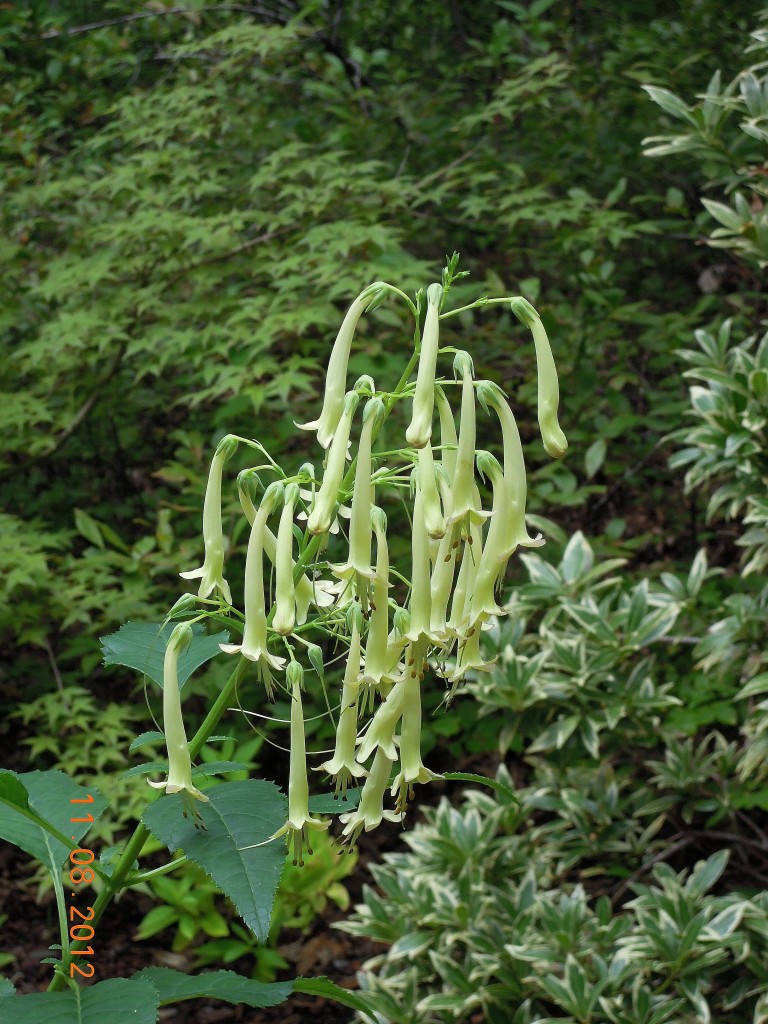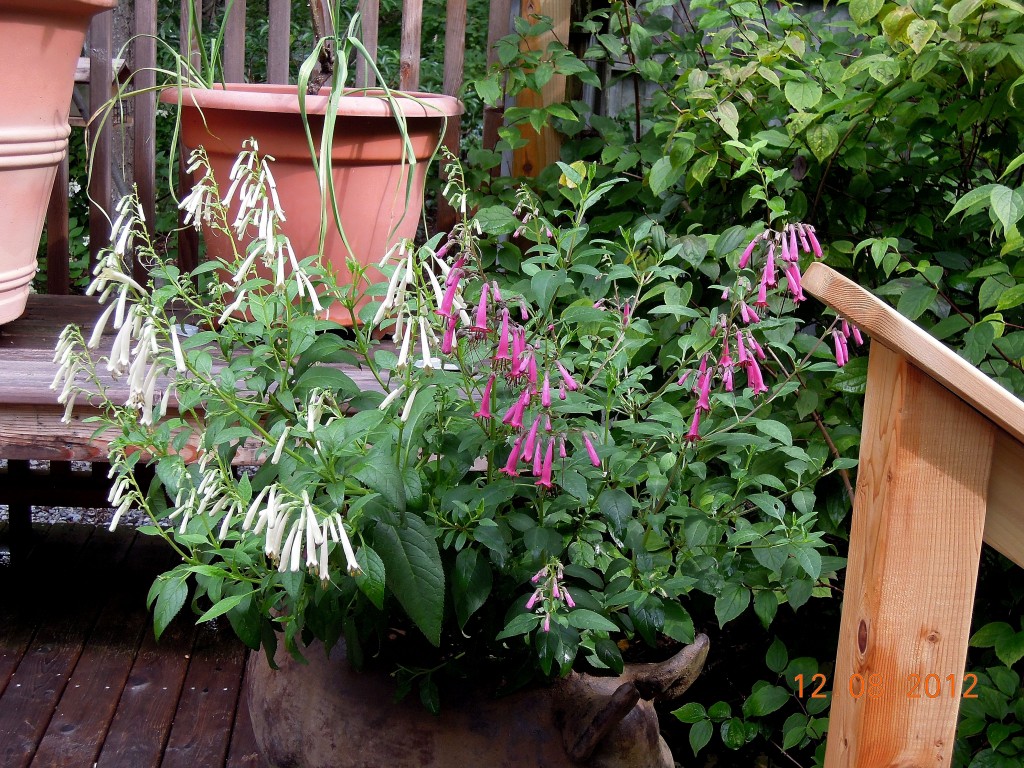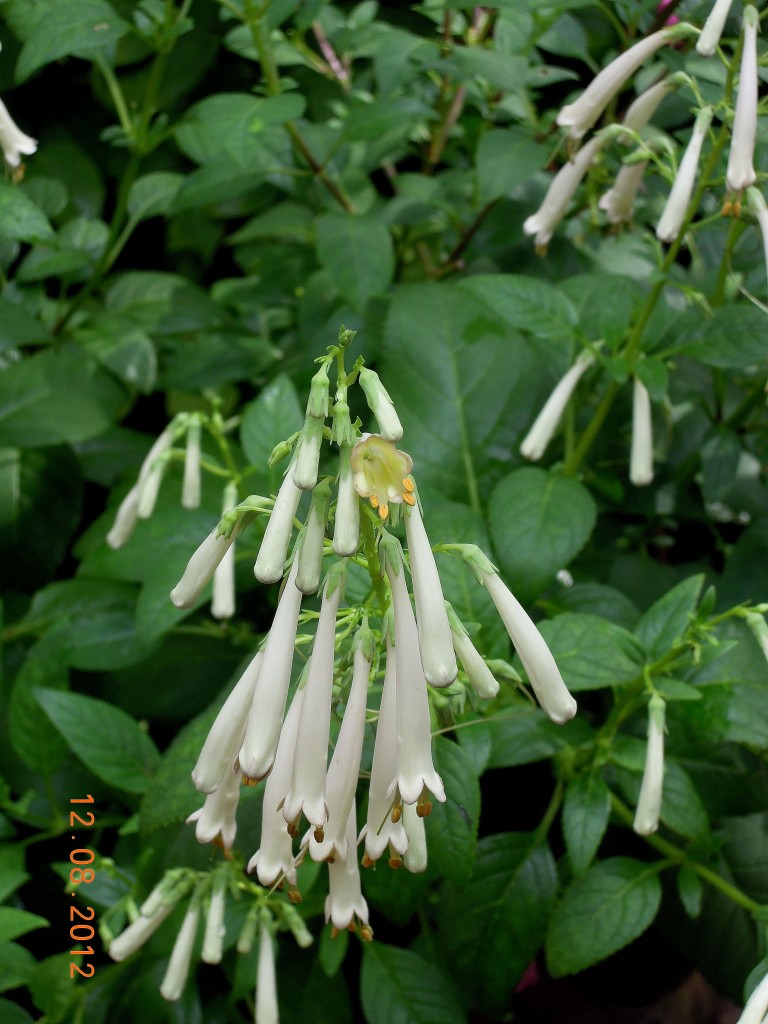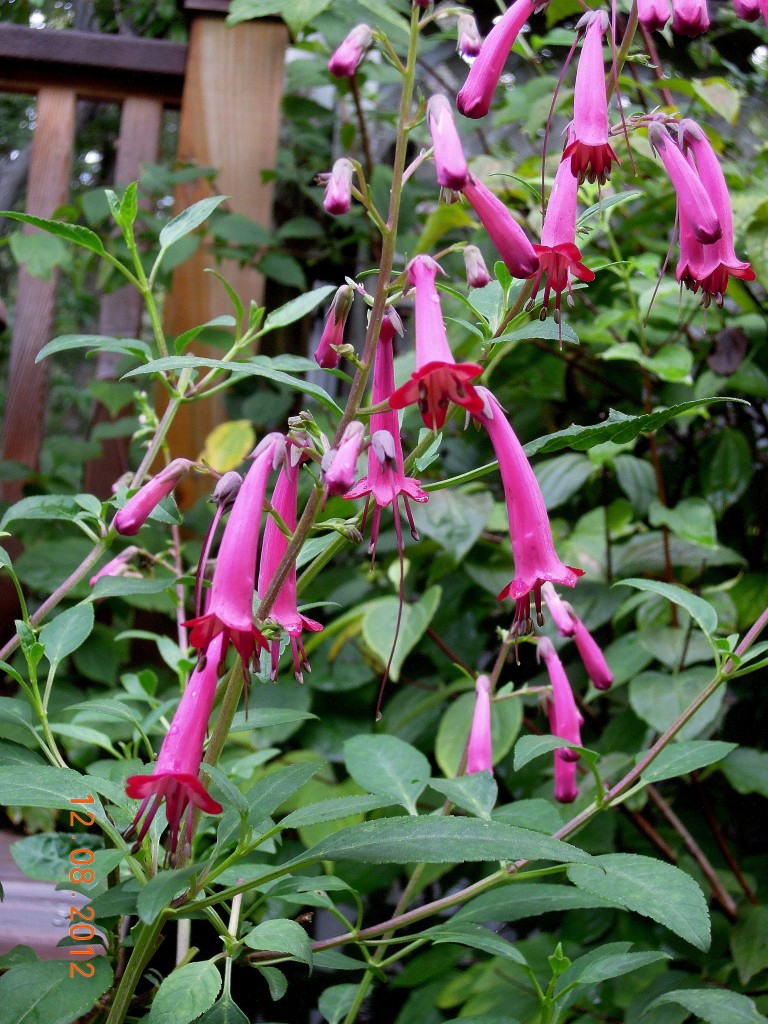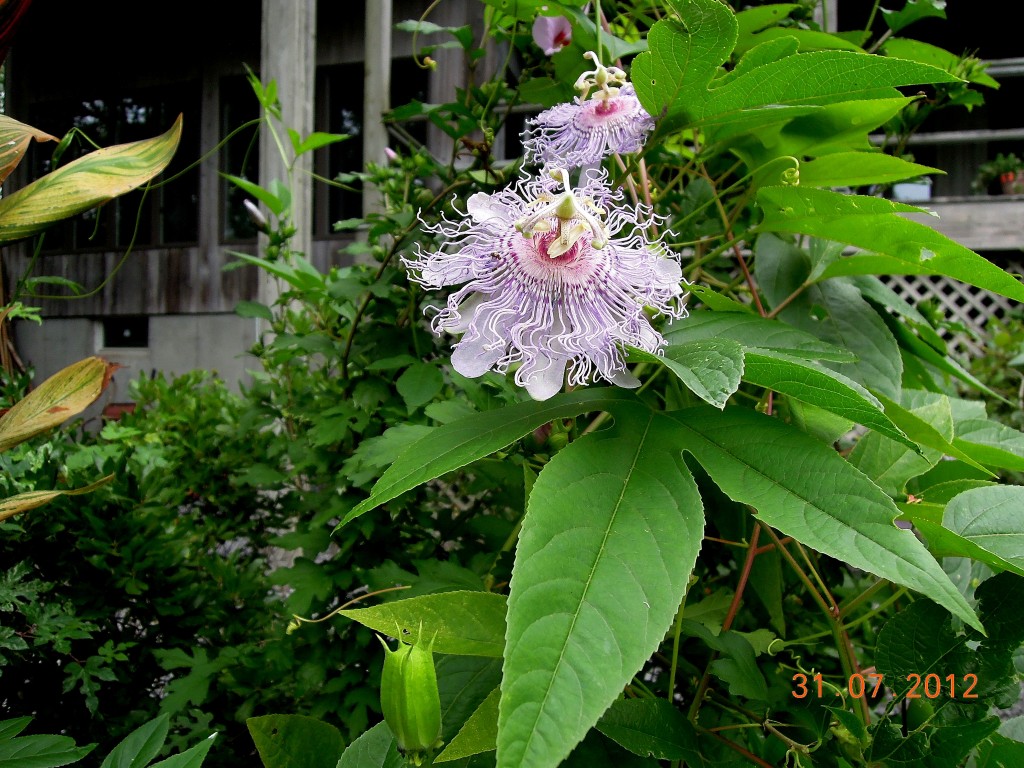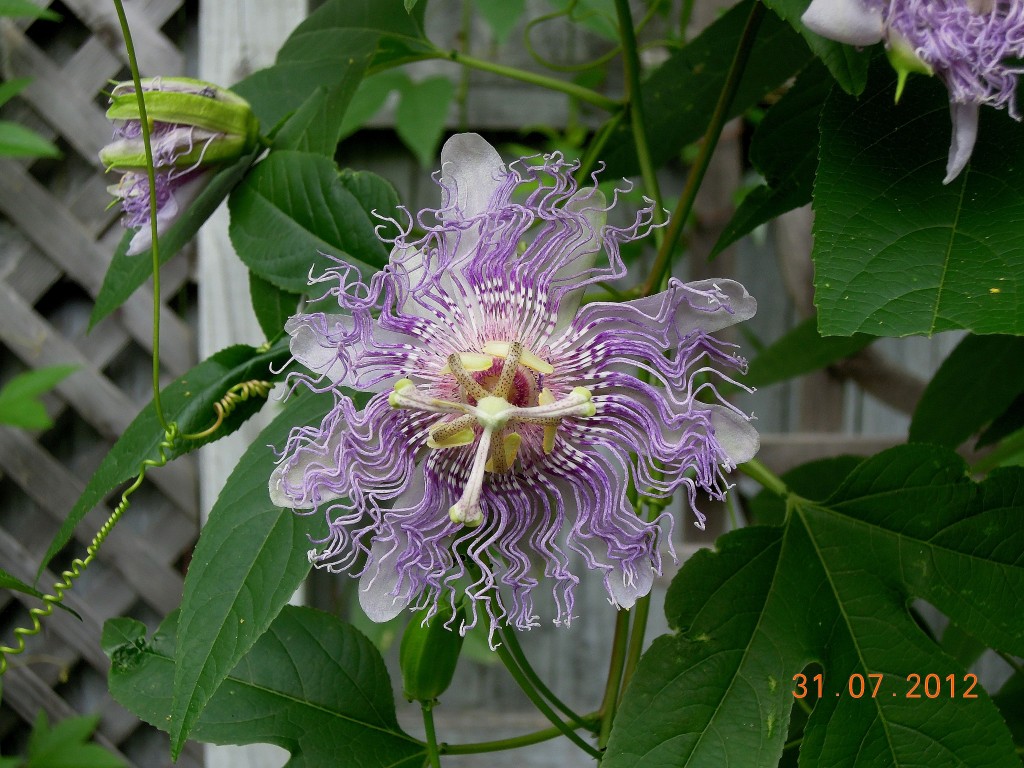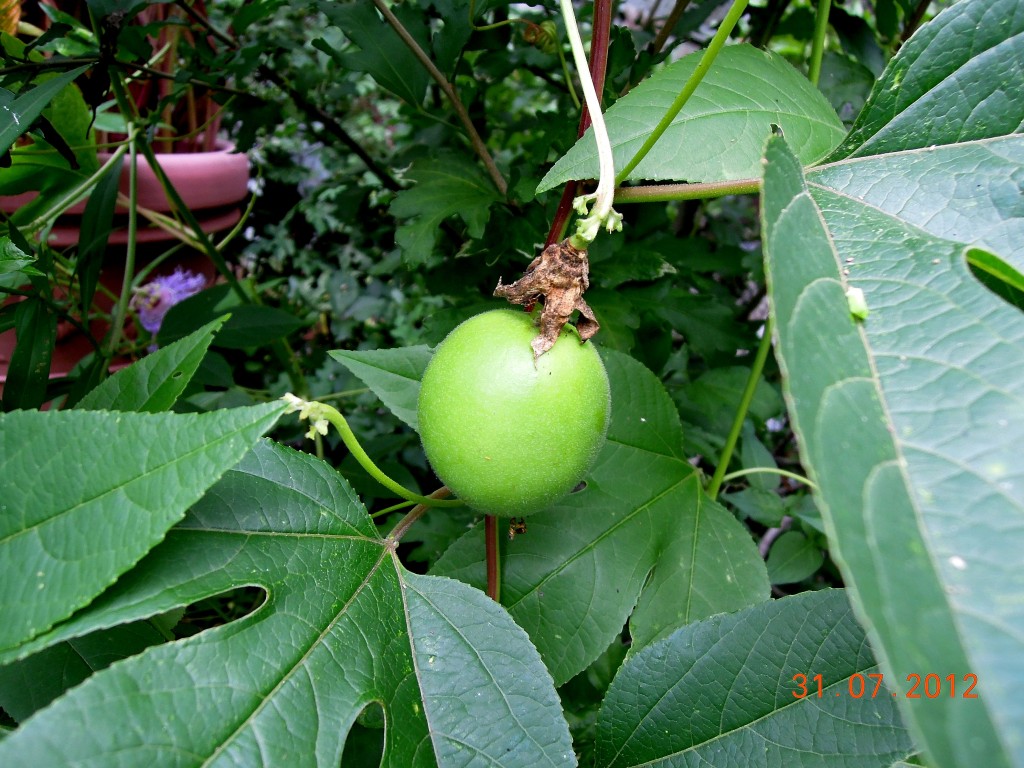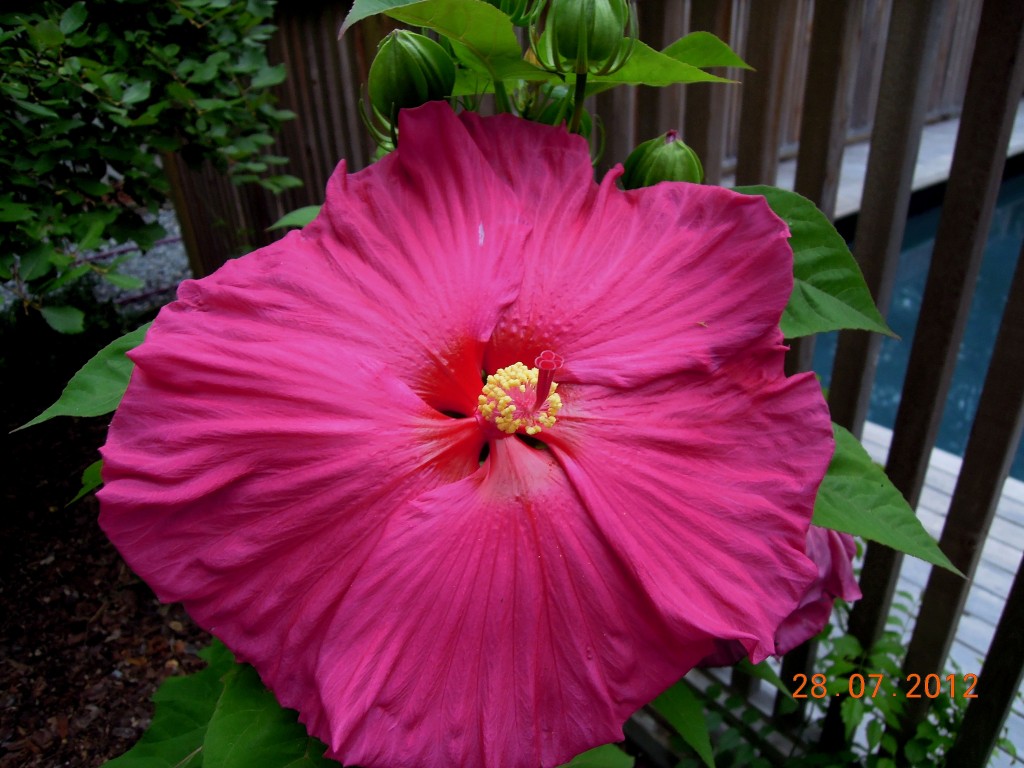For flower power and multi-seasons of interest in a shady garden, evergreen azaleas are an ideal choice. And this year, despite the horrific winter, they have been garden superstars. It was difficult to choose among them — they were all clamoring to be included — so I’ve tried to showcase a diverse, interesting selection of old and new introductions possessing good foliage as well as fabulous flowers:
Rhododendron ‘Benjamin Morrison’ (photos below of flowers and buds)
Named in honor of hybridizer Benjamin Yeo Morrison, this is one of the 454 azaleas he developed at the U.S. Department of Agriculture Introduction Station in Glenn Dale, MD. He began his breeding program in the late 1920’s and succeeded in creating new hardy azaleas with large flowers, known as the Glenn Dale hybrids. Morrison served as the first Director of the United States National Arboretum, and the Arboretum’s dazzling Spring display of his azaleas in bloom draws hundreds of admirers every year.
I have a special affinity for R. ‘Benjamin Morrison’ because it was recommended to me by my friend, the late Hank Schannen, an extraordinary plantsman. It was his favorite evergreen azalea.
Rhododendron ‘Martha Hitchcock’ ( photos below)
Martha is another bi-color Glenn Dale azalea. When Morrison was asked for a list of his “choice cultivars”, Martha Hitchcock was one of the nine he recommended. “The flowers are so wonderful”, he said, “anyone would be a fool to pass them by”. But he also said that as a young plant Martha is “stringy-looking”. Don’t let that worry you. Have patience. I know from experience that given time to establish, Martha Hitchcock will not disappoint. ( B/T/W, in case you are wondering, Martha Hitchcock was not married to Wild Bill; she was the wife of A.S. Hitchcock, a botanist and author of the classic treatise, Manual of Grasses of the United States.)
Rhododendron ‘Marshy Point’s Lavender Miss’ (photo below)
Would you believe, a Martha Hitchcock look-alike on hormones? Semi-double flowering R. ‘Marshy Point’s Lavender Miss’ is an exciting new introduction from an outstanding, albeit not well-known azalea breeder, Harry C. Weiskittel, founder of the wholesale family owned and operated Marshy Point Nursery in Maryland. (Weiskittel also introduced ‘R. Marshy Point’s Humdinger’, in my opinion one of the best multi-season blooming evergreen azaleas. See my Blog posts of March 1, 2013 and November 2011.)
Rhododendron ‘Marshy Point’s Daisy’ (photos below)
My most recent Weiskittel azalea addition, Daisy, is a knockout. In May and June gorgeous, large, single, peachy-pink flowers cloak her pristine, shiny green foliage. And the foliage suffered no winter damage this year. Amazing! (Don’t tell the others, but I think she’s my new Marshy Point favorite).
Rhododendron ‘Amoena'(photo below)
Amoena is a very hardy, old-timey, Japanese Kurume hybrid, a group of azaleas with breeding and selection going back hundreds of years. With masses of tiny hose-in-hose vibrant magenta flowers in May, bronzy-green foliage in the fall, and at maturity a majestic presence, she would be an awesome addition to any garden. Yet for many years she has been out of fashion, out of favor, and impossible to find in the trade. That’s changing, slowly. Grab her if you can.
Note: For evergreen azalea culture information see my Blog post: Azalea ‘Marshy Point’s Humdinger’ (March 1, 2013).
Update: The Encore evergreen azalea, R. ‘Autumn Embers,’ survived the winter looking more everbrown than evergreen. It did bloom in the Spring but it was a sparse display — nothing like its Fall flowering. I’ll give it one more year before making a final judgment. Update 2014: Plant removed.
And Clematis ‘Omoshiro’ from Klehm’s Song Sparrow Nursery did bloom for me in the Spring. (See Blog post, The Next Best Thing 2013: Part 2, Jan.26, 2013). In fact, my Omoshiros are still in flower, both in the ground and in containers. Enchanting plant. (photo below)
















